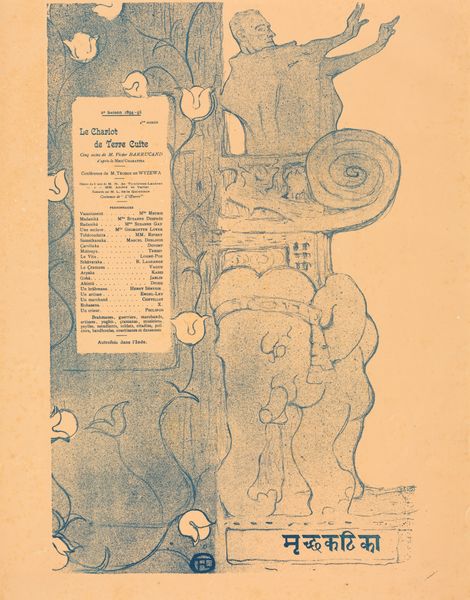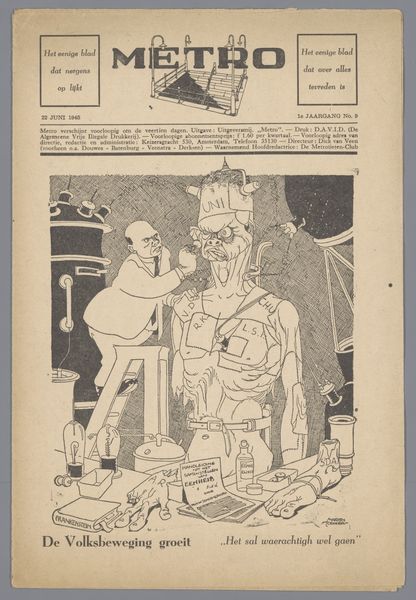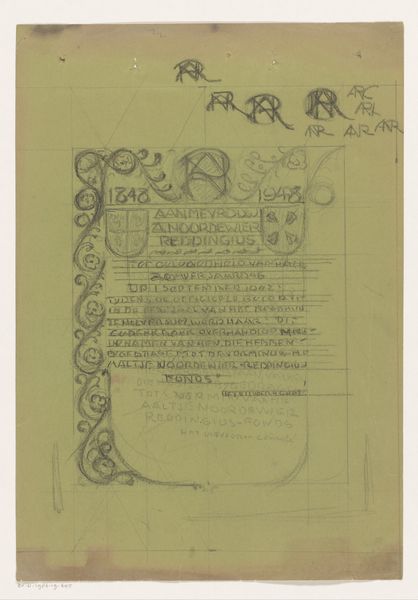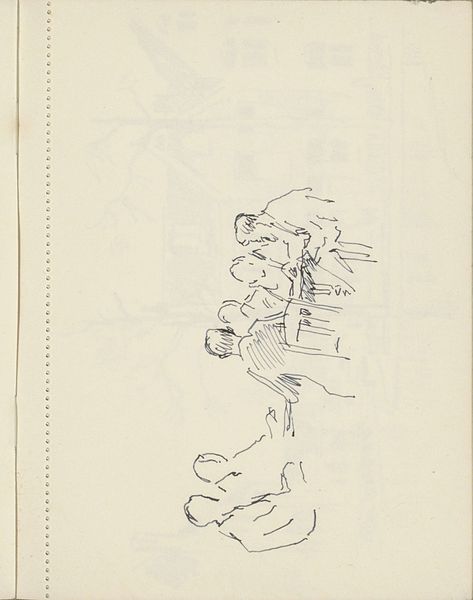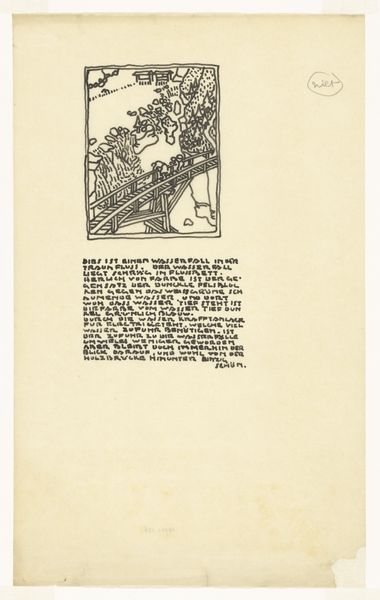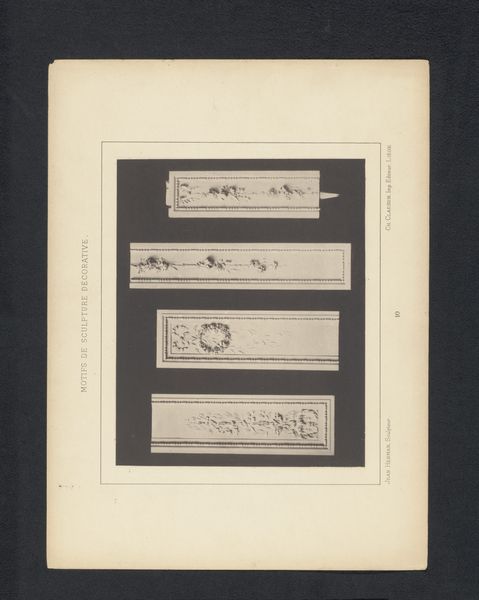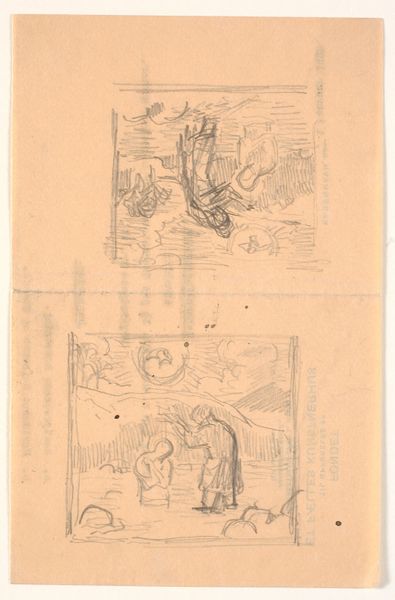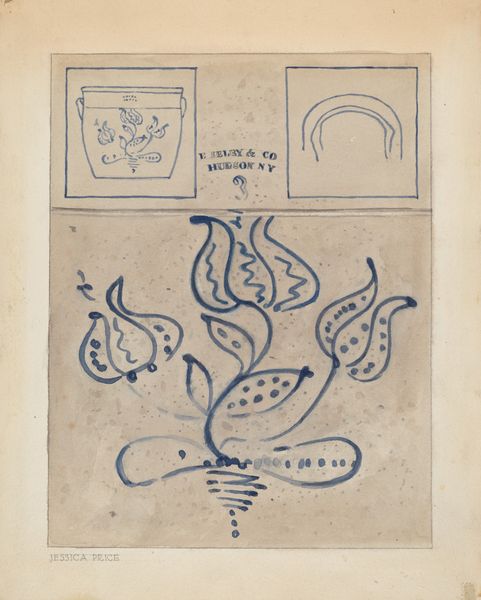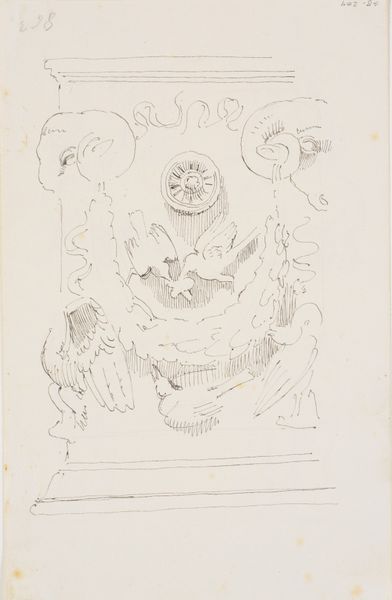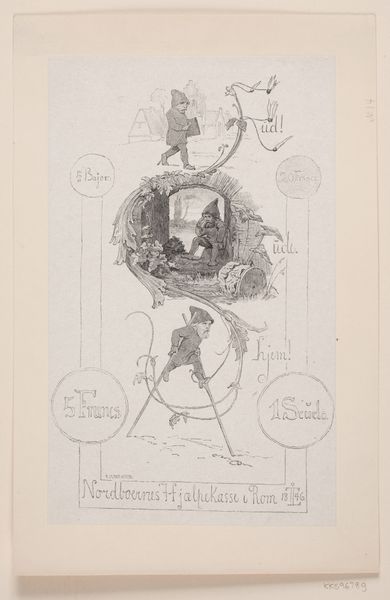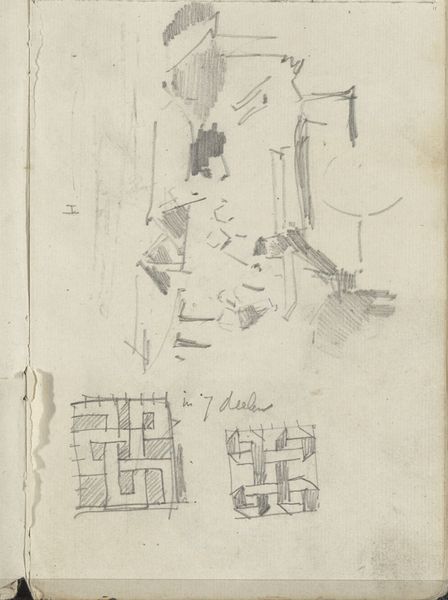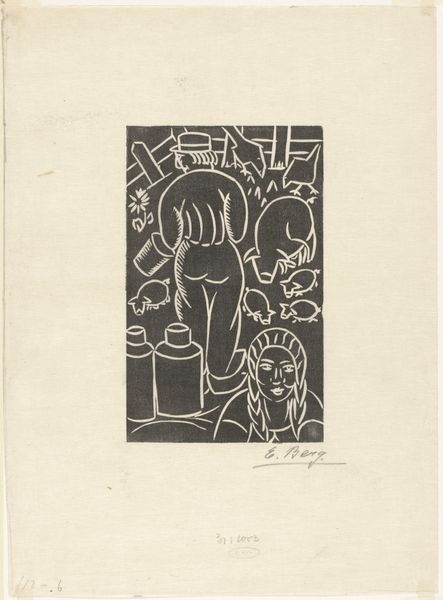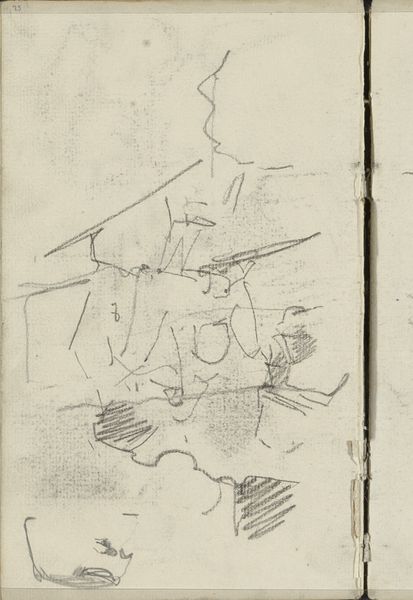
Playbill for "Le Chariot de Terre Cuite" (The Little Clay Cart) 1895
0:00
0:00
Dimensions: Height: 17 5/16 in. (44 cm) Width: 11 1/8 in. (28.2 cm)
Copyright: Public Domain
This playbill for "Le Chariot de Terre Cuite," or "The Little Clay Cart," was created by Henri de Toulouse-Lautrec in 1894, using lithography, a printmaking process that relies on the principles of oil and water not mixing. The success of a lithograph hinges on the artist’s sensitivity to the stone's surface and the greasy crayon used to create the image. The stone, usually limestone, is meticulously prepared, ground to a smooth finish, and then drawn upon. Lautrec, keenly aware of these material properties, uses the crayon to sketch a blue composition that is both delicate and monumental. The technique demands a blend of artistic skill and technical expertise. The image is chemically fixed, and the stone is then wetted, allowing ink to adhere only to the drawn areas. This printmaking process was especially well-suited to mass production, and speaks to issues of labor, and the economics of artistic reproduction.
Comments
No comments
Be the first to comment and join the conversation on the ultimate creative platform.
